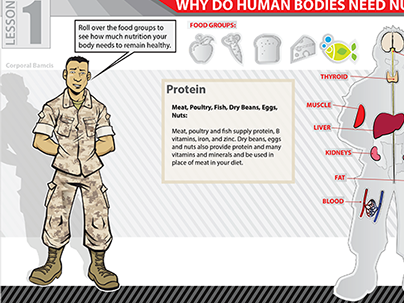Measuring Design Effectiveness
This course explored diverse research methods which measured the success of a selected media design solution to gain a better understanding of how work is perceived and interpreted by a target audience.
Media Design Project:
The media design project selected for further testing and evaluation was the website project Coastal Oaks Tiny Village. The target audience was solicited through requests from Email, Facebook, Messenger and Blogs. The survey respondents were asked to review the images on the Behance link https://www.behance.net/gallery/54756825/Survey-Questionnaire-Project and then answer an online questionnaire to assist in the final development of the web site and mobile applications for visual interest, communication and user engagement.
The Questionnaire:
Creating a good questionnaire is first understanding that it will must address the research needs by asking the right questions. The data gathered must be able to provide information that can be analyzed and used to improve the website. The keys to developing the questionnaire were to determine the objectives, structure the information and keep the questions short and easy to answer.
The questions were structured with closed answers in which the respondent could choose from a list or use a slider bar for rating. The last question was left open ended to capture any information that the respondent chose to give about innovation and creativity. Structuring closed response questions makes data collection and analysis easier to interpret and takes less time for the respondent to answer. Any questions that were leading, ambiguous or biased (these can be common questionnaire problems) were steered clear from. These types of questions can skew feedback results and cause the research to be flawed.
The final questionnaire was developed with Survey Monkey at https://www.surveymonkey.com/r/XPP2YN2 (this survey is now closed.)
Final Analysis:
The final analysis revealed that the questionnaire received 32 responses with the majority of data showing favorable impressions. Using closed response questions aided in data that could be easily interpreted. Generally, if questions are skipped this leaves holes in the data; this was not the case, all questions were answered. Indicators showed that the bodycopy needs to be chunked down and text size needs to be more consistent. The most troublesome area was the call to action button on the home page where respondents had difficulties in quickly locating it. These results show areas where the web site can be improved before release. In conclusion, when analyzing data, focus should be kept on the larger trends without being overly concerned with minor differences.
Below is the data analysis:









